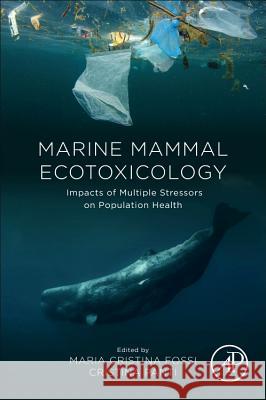Marine Mammal Ecotoxicology: Impacts of Multiple Stressors on Population Health » książka
topmenu
Marine Mammal Ecotoxicology: Impacts of Multiple Stressors on Population Health
ISBN-13: 9780128121443 / Angielski / Miękka / 2018 / 512 str.
Kategorie:
Kategorie BISAC:
Wydawca:
Academic Press
Język:
Angielski
ISBN-13:
9780128121443
Rok wydania:
2018
Ilość stron:
512
Waga:
0.83 kg
Wymiary:
22.61 x 15.24 x 2.79
Oprawa:
Miękka
Wolumenów:
01











